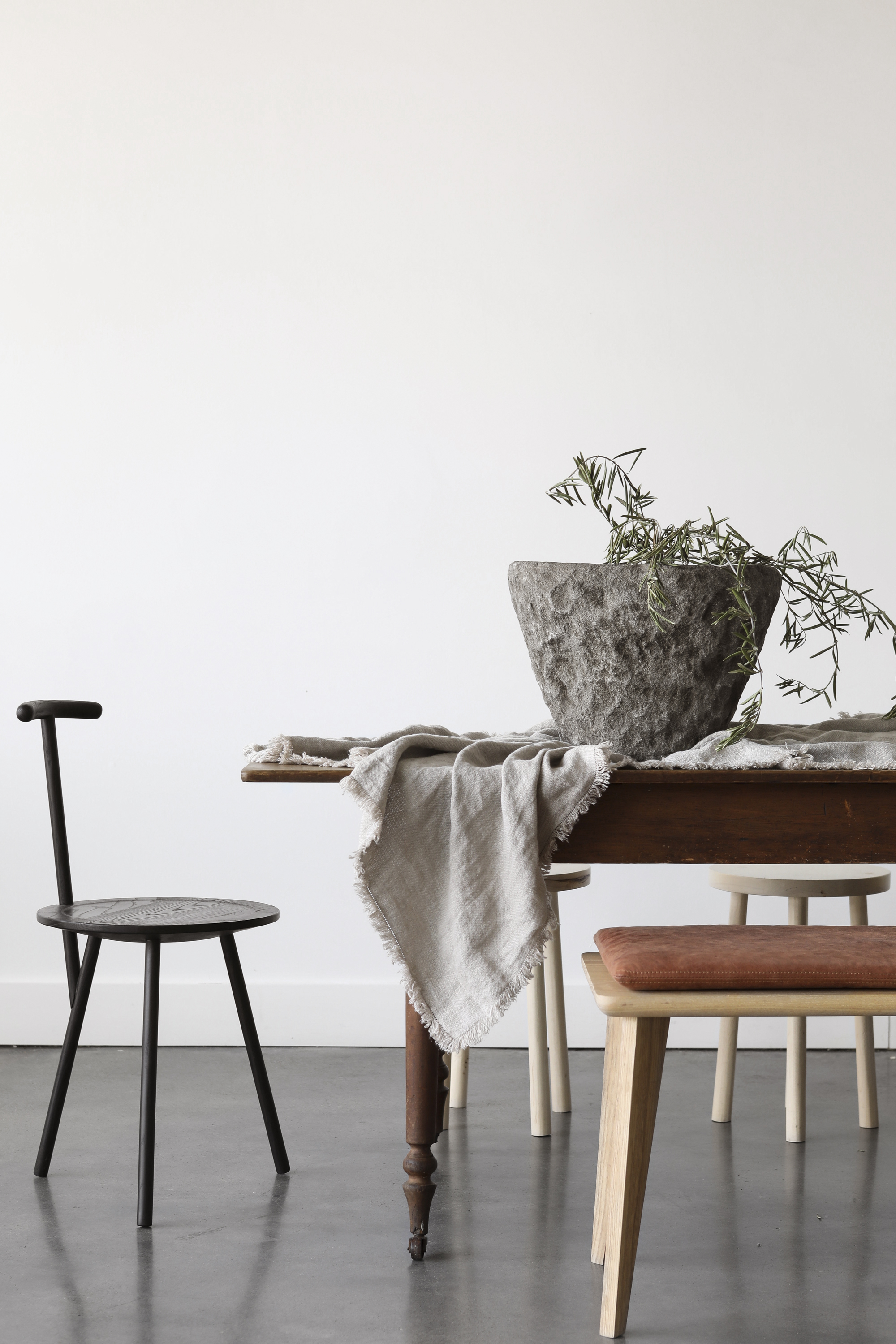As the pandemic rages on and more homeowners seek peace and nature within their own homes, there has been a surge in biophilic, organic design.
The National Kitchen and Bath Association’s 2021 Design Trends report, which gathers insight from hundreds of residential professionals, identified natural and organic design as one of the top design styles among its members. Nearly 50% of professionals surveyed said natural and organic design will dominate in both kitchens and baths during the next three years.
In previous trend reports, this type of design did not register, but going forward it is likely to be hot. It appears that this type of design is most popular with the Millennial demographic, according to 66% of NKBA respondents.
As paint companies released their color palettes of 2021, natural and organic themes were listed as influences. Sherwin-Williams chose its color of the year, Urbane Bronze, because of its warmth.
“Urbane Bronze is a comforting color, drawing from nature for a feeling of relaxation and serenity,” says Sue Wadden, director of color marketing for Sherwin-Williams. “There’s also reassurance in its sentimentality, with nostalgic ties to the design of the ‘70s and ‘90s, but with gray undertones that give it a distinctly modern twist.”
United Kingdom-based Farrow & Ball said its 2021 color palettes are “rooted in nature” and one of Behr’s palettes features the name “Outdoor Escape.”
This drive to add warm and organic elements to home design also can be found in outdoor projects. As a result of the virus, more homeowners are pursuing projects that bring the outdoors in and the indoors out.
To get the scoop on organic and natural design, we chatted with Ginger Curtis, owner of the award-winning, Fort Worth-Dallas-based interior design firm Urbanology Designs.
[ Read More: WHAT ARE THE HOTTEST 2020 BATHROOM TRENDS? ]
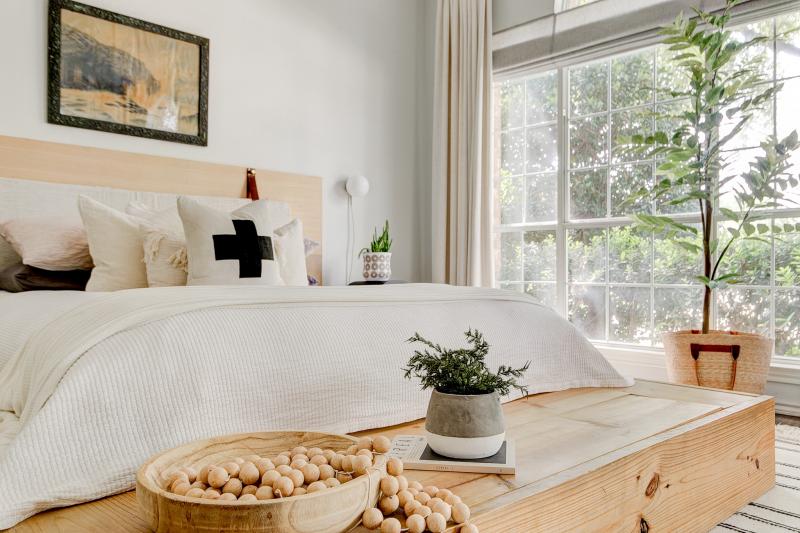
Courtesy: Urbanology Designs
What is Organic and Natural Design and Where Does it Come From?
Curtis looks to Scandinavian design for this answer. A Scandinavian design will feature clean lines and emphasizes minimalism. Yet organic elements, such as natural wood, are heavily used to warm up a space.
The exact definition of organic is “relating to or derived from living matter,” and the act of bringing in warmth to a space through raw forms derived from nature are key in defining the style.
“Organic, at the end of the day, is being close to nature,” says Curtis. “There’s nothing more organic than that. It gets its roots in bringing warmth to a space in a raw form. When I think of organic interiors, I think of things that don’t feel manufactured. Things that don’t feel polished physically because there’s not a lot of things that come out of nature that way.”
Urbanology Designs’ has created a niche for itself in the Texas market with its “relaxed modern” style, as Curtis calls it, which mixes European design with a laid back California style.
While natural and organic design have climbed in popularity recently, it can be seen as more of a subcategory than a true design of its own. This is due to the influences that impact it. Scandinavian design is one, but with that also comes the ideas of minimalism.
“Part of what feeds your soul for that organic is just simplicity and simplicity tends to feel more minimalist,” says Curtis. “Less clutter, more intentionality, so much intentionality on specific pieces rather than just filling a room and making it feel interesting. It forces you, gives you permission to pare back.”
With simplicity also comes a type of timelessness. Compare organic and natural design to the vibrant ‘80s, for example. One theme is outdated and could be seen as an extreme, while natural interiors can be easier to edit over time and are more subtle.
[ Read More: WHAT KITCHEN TRENDS CAN YOU EXPECT IN 2021? ]
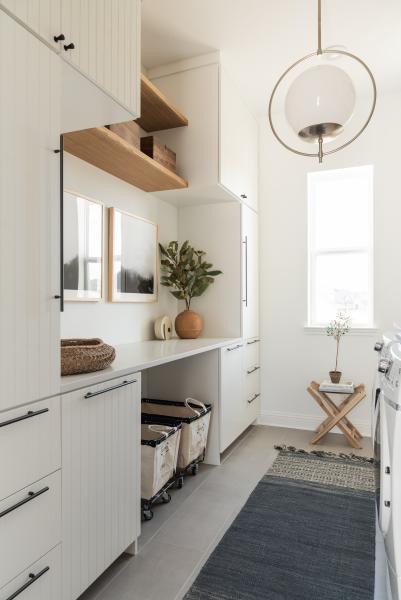
Courtesy: Urbanology Designs
Why Are People Turning to Organic Design Now?
Over time, more and more Americans have begun to fall into a more relaxed outlook on their homes. The pandemic has certainly made an impact in the industry, but it also accelerated many trends that were already emerging.
“The answer is simpler than we think,” says Curtis. “People want comfort and they want things that look and feel and are actually comfortable and organic interiors naturally lend themselves to that. People are so over and done with the formal living room. It’s gone, it’s not coming back. And even formal dining rooms are becoming less popular.”
Natural and organic design are one of those accelerated trends and a result of more homeowners looking for general comfort. For example, there are talks of the suburban shift and urban exodus as more workers telecommute. People want more space to relax and ease frustrations, but this was an already occurring trend pushed to the forefront in an extreme way by the pandemic.
“People really want these spaces that feel lovely but are so incredibly livable,” Curtis explains. “And then you pair that with the times that we’re in with COVID and people working from home and people are really stressed out. They want to walk into an interior that’s not high energy and high charged.”
[ Read More: MVP AWARDS: THE MOST VALUABLE KITCHEN + BATH PRODUCTS OF 2020 ]
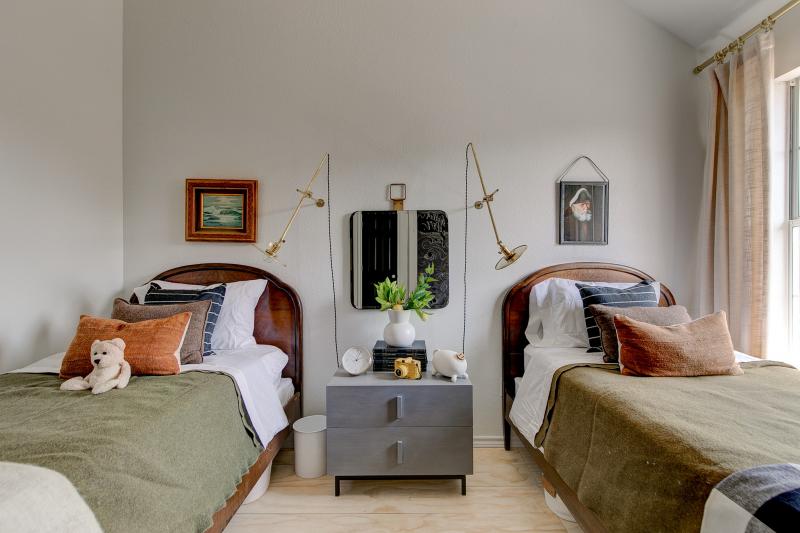
Courtesy: Urbanology Designs
Commonly Used Materials and Colors
Wood takes the top spot for most commonly used material in natural and organic design.
“Different types of wood material,” says Curtis. “You’re not seeing dark [wood], because dark is so heavy and it feels more traditional. And so you're seeing a lot more light and medium colored woods that lend itself to the relaxed, organic, modern feel.”
Wood can and is being used in ceiling beams, furniture, and shelving, for example. Urbanology Designs often goes for custom pieces so they can be specific with the color and lean more into the bespoke, artisan nature of the design style.
Linen also works well and is chosen often due to its organic nature, being made from flax plants. But linen also has a natural, worn-in, wrinkled appearance that bounces off of solid wood well.
When it comes to colors, neutral is typically the most common choice with more vivid hues acting as accents.
“A nice dusty rust color is just really, really beautiful,” says Curtis.” I would say really moody, deep, mustard yellows and oranges. I’m almost imagining spice colors. You have vibrant spice colors, but they feel dusty and deep and don’t feel like your primary colors like blue, green, and yellow. They’re not primary, they’re moody and they’re dusty and you don’t get tired of them. They feel very salt of the Earth.”
[ Read More: WHAT WILL BE THE TRENDING PAINT COLORS IN 2021? ]
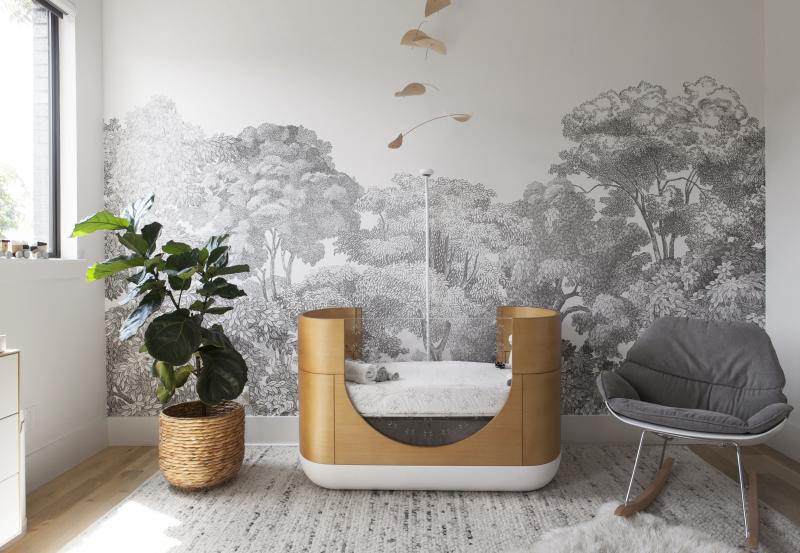
Courtesy: Urbanology Designs
Where to Use Natural/Organic Design?
Natural and organic design can be used in every room of the home, but Curtis says she sees it most in primary bedrooms and living rooms, the places where homeowners typically go for comfort.
But the NKBA report tells us that it is becoming increasingly popular for both kitchens and baths. That emergence is seen in the growing use of natural wood in both rooms.
“In the kitchens, we’re doing cool wood ceiling features and more beams and we’re doing stain-grade cabinets and integrating stain-grade cabinets which are wood with paint-grade cabinets for a pop,” says Curtis.
And then the idea of simplicity and minimalism come into play as more elements in the kitchen are beginning to seemingly disappear, such as cabinetry.
“Think of a kitchen without upper cabinets,” says Curtis. “And there's a level of simplicity and there’s a level of utilitarian function and beauty all at the same time. It kind of moves past your everyday kitchen where most people would not be willing to give up their upper cabinets, but yet it totally falls into this very organic category, very natural.”
[ Read More: 5 THINGS YOU SHOULD KNOW ABOUT WELLNESS DESIGN ]
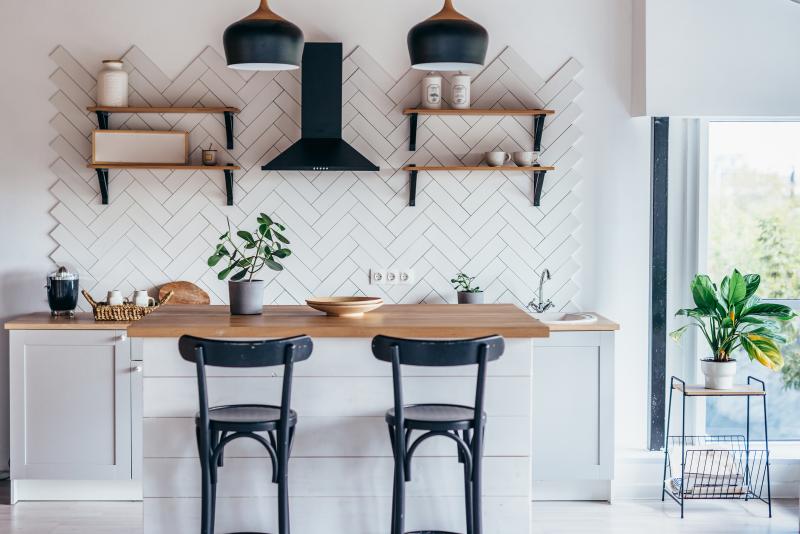
Courtesy: stock.adobe.com
It’s All About Balance
Design must be balanced, but Curtis says it is especially important for natural and organic design because color schemes and natural elements are often quite neutral.
“What happens when you don’t have a mix of material and texture, your design is going to fall flat, and that’s what you don’t want,” says Curtis. “So if your place has really neutral, beautiful organic vibes, you don’t want it to be all neutral and organic without mixing in other materials, like a woven chunky basket, and a lambskin throw rug, or a flax linen Roman shade. It’s actually extra critical and more important with neutral organic materials to be very intentional with layering in that texture.”
Since wood is the most popular material used in natural and organic design, designers should add softness as a counterbalance.
[ Read More: THE VALUE OF GOOD HOME DESIGN ]
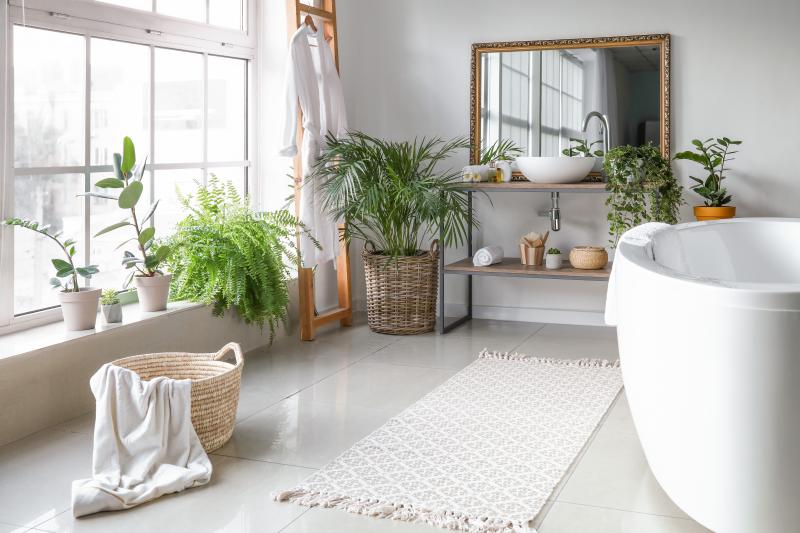
Courtesy: stock.adobe.com
Invest in Quality Products
If organic and natural design rely heavily on materials and textures, it is of utmost importance to invest in quality products, says Curtis. Quality may mean durable and beautiful materials, but also functionable ones that both look good and feel good are important.
On top of that, if a homeowner wants to reflect nature indoors, then there should be a bit of respect for the environment through design. Investing in solid, high-quality materials will ensure a long lifespan, better appearance, and less impact on the environment.
“It’s a good place to splurge on something like a wood piece that’s good quality, that’s going to last a lifetime, that you’re going to give to your kids,” says Curtis. “Rather than trying to do this IKEA-Scandi vibe that feels kind of deescalated, and a little cheap, spending a little more to have very well-made quality materials in your home is worth it.”
And if investing money is not an option, invest time. Curtis says finding a vintage piece at a flea market, for example, could work just as well, but it does require more time.
